Navigating Baby Safety from Newborn to Toddler - A Specialist's Perspective

As a baby safety industry expert, I would like to share my insights into the importance of prioritizing different safety topics at various stages of a baby's growth and development. From newborns to toddlers, each milestone comes with its unique safety concerns, which should be addressed accordingly.
Newborns: The first few months of a baby's life are all about ensuring their comfort and safety, especially when it comes to sleep. According to the American Academy of Pediatrics (AAP), infants should always be put to sleep on their backs, on a firm and flat surface, without any soft bedding or objects in the crib. This helps to reduce the risk of sudden infant death syndrome (SIDS), which remains one of the leading causes of infant mortality in the US.
Another crucial safety topic for newborns is car seat safety. Data from the National Highway Traffic Safety Administration (NHTSA) shows that car accidents are the leading cause of death for children under the age of 14. Therefore, it's crucial to always use a rear-facing car seat, keeping it secured tightly and following the manufacturer's weight and height recommendations.
Crawlers: Once your baby starts to move around on their own, safety concerns shift to preventing falls and hazards around the home. This includes ensuring that all furniture is properly anchored or kept away from the edges of the room, and stairs are gated off. Parents should also invest in outlet covers and door stoppers to prevent curious fingers from getting hurt.
Toddlers: As your baby grows into a toddler, they become more adventurous and curious, which presents new safety threats. This includes ensuring that their toys are age-appropriate and free from choking hazards, keeping potentially dangerous items like cleaning products and medications out of reach, and securing windows and doors to prevent toddlers from wandering outside.
In conclusion, understanding the unique safety risks at each stage of a baby's growth and development is crucial to ensuring their well-being and reducing the risk of accidents or injury. By following guidelines, investing in age-appropriate safety products, and staying vigilant, parents can help their little ones thrive and stay safe.











































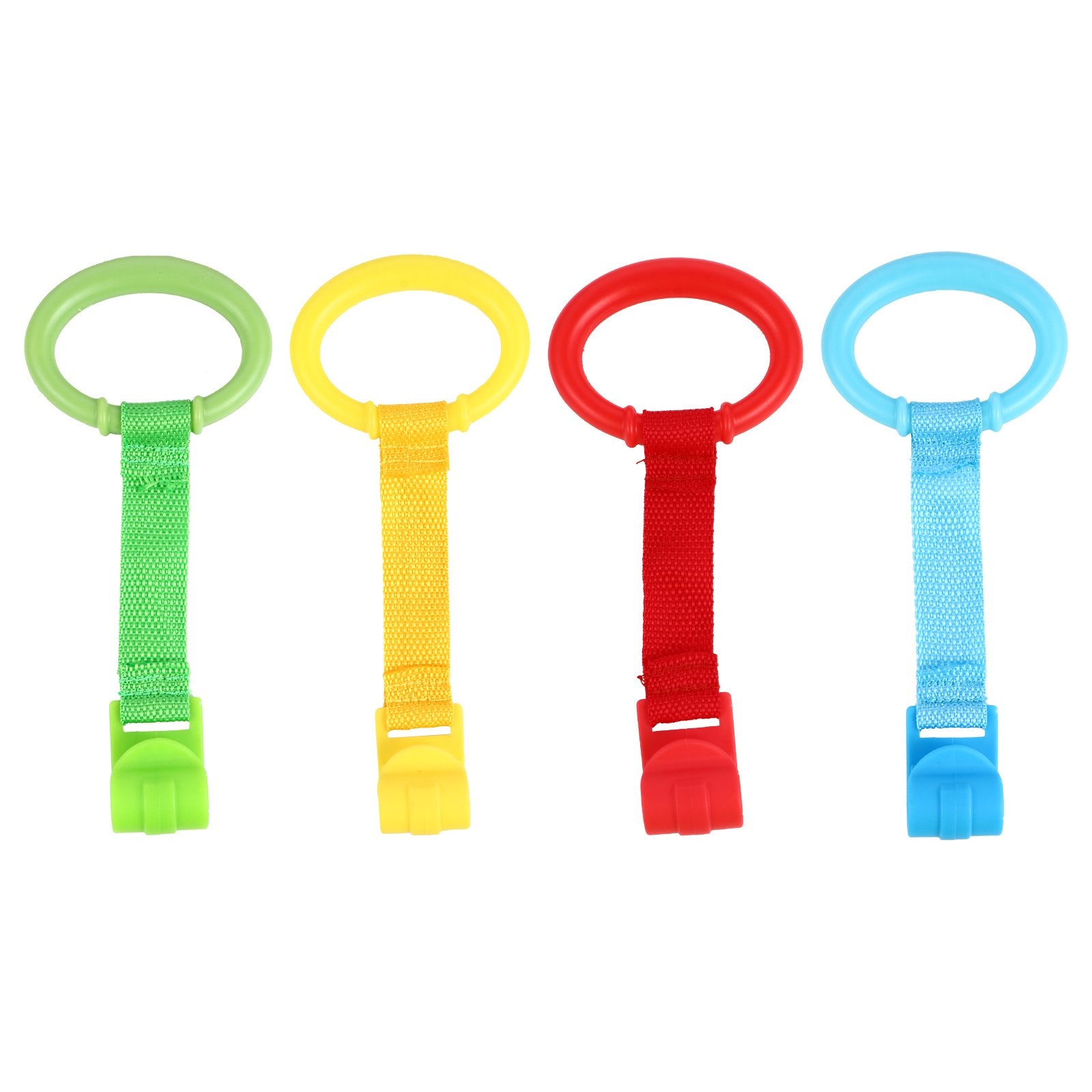









































































































































































Leave a comment